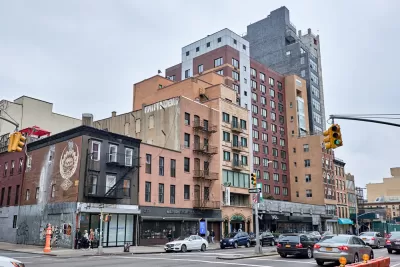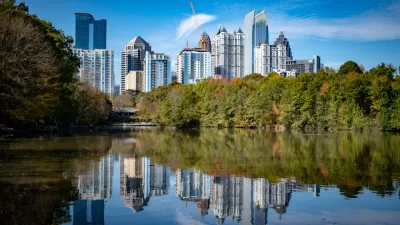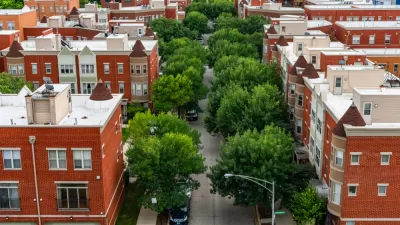A new metric for measuring land use regulation traces the evolution of land use regulations over the past decade, finding that U.S. municipalities on a net basis adopted slightly more restrictive land use regulations from 2006 to 2018.

New analysis published by the National Bureau of Economic Research reports results of a new survey of local residential land use regulatory regimes for over 2,450 primarily suburban communities across the United States.
The paywalled research, authored by Joseph Gorko, Jonathan Hartey, and Jacob Krimmel, locates the most highly regulated markets on the two coasts, "with the San Francisco and New York City metropolitan areas being the most highly regulated according to our metric," according to the abstract for the paper.
The remainder of the abstract reads as follows:
Comparing our new data to that from a previous survey finds that the housing bust associated with the Great Recession did not lead any major market that previously was highly regulated to reverse course and deregulate to any significant extent. Moreover, regulation in most large coastal markets increased over time.
John Hartley shared more findings from the study, titled " The Local Residential Land Use Regulatory Environment Across U.S. Housing Markets: Evidence from a New Wharton Index," on a Twitter thread.
My latest working paper in @nberpubs w/ @jkrimmel and Joe Gyourko on how zoning/land use regs have changed since the Great Recession: “The Local Residential Land Use Regulatory Environment Across U.S. Housing Markets: Evidence from a New Wharton Index” https://t.co/h1ZHawXp9d pic.twitter.com/k5yRCeisYJ
— Jon Hartley (@Jon_Hartley_) December 23, 2019

Trump Administration Could Effectively End Housing Voucher Program
Federal officials are eyeing major cuts to the Section 8 program that helps millions of low-income households pay rent.

Planetizen Federal Action Tracker
A weekly monitor of how Trump’s orders and actions are impacting planners and planning in America.

Ken Jennings Launches Transit Web Series
The Jeopardy champ wants you to ride public transit.

Crime Continues to Drop on Philly, San Francisco Transit Systems
SEPTA and BART both saw significant declines in violent crime in the first quarter of 2025.

How South LA Green Spaces Power Community Health and Hope
Green spaces like South L.A. Wetlands Park are helping South Los Angeles residents promote healthy lifestyles, build community, and advocate for improvements that reflect local needs in historically underserved neighborhoods.

Sacramento Plans ‘Quick-Build’ Road Safety Projects
The city wants to accelerate small-scale safety improvements that use low-cost equipment to make an impact at dangerous intersections.
Urban Design for Planners 1: Software Tools
This six-course series explores essential urban design concepts using open source software and equips planners with the tools they need to participate fully in the urban design process.
Planning for Universal Design
Learn the tools for implementing Universal Design in planning regulations.
Heyer Gruel & Associates PA
Ada County Highway District
Institute for Housing and Urban Development Studies (IHS)
City of Grandview
Harvard GSD Executive Education
Toledo-Lucas County Plan Commissions
Salt Lake City
NYU Wagner Graduate School of Public Service





























